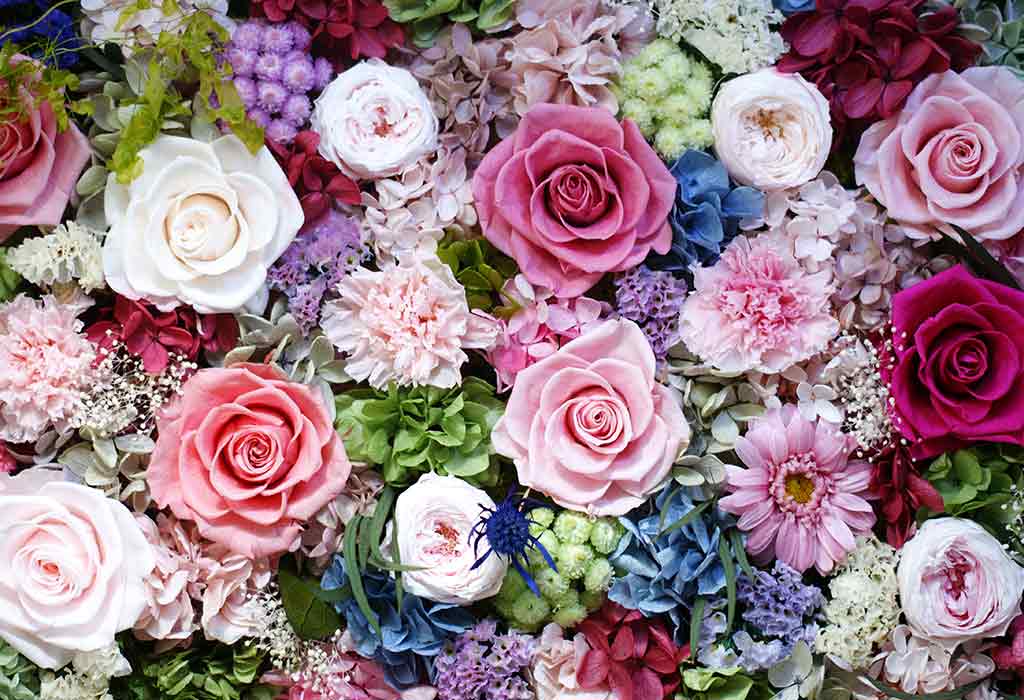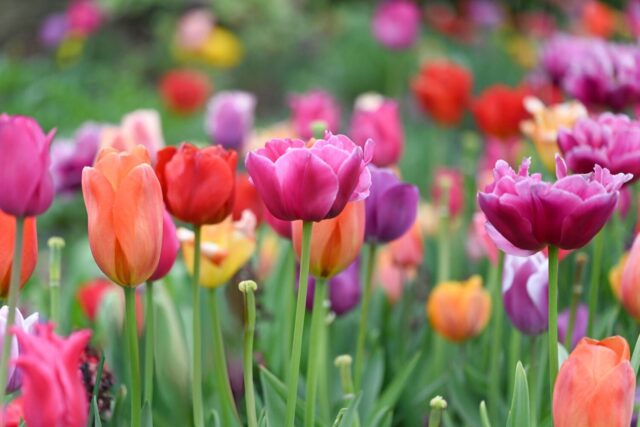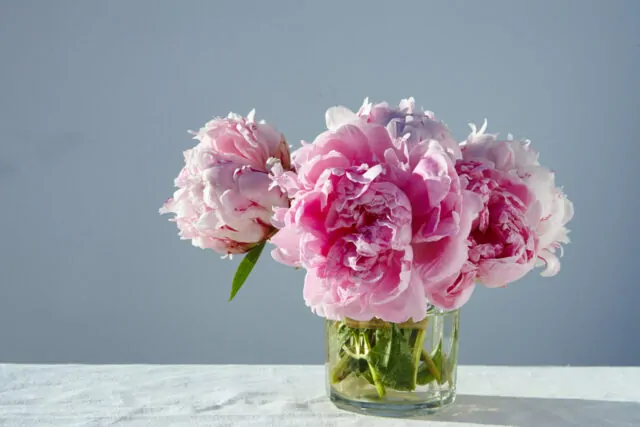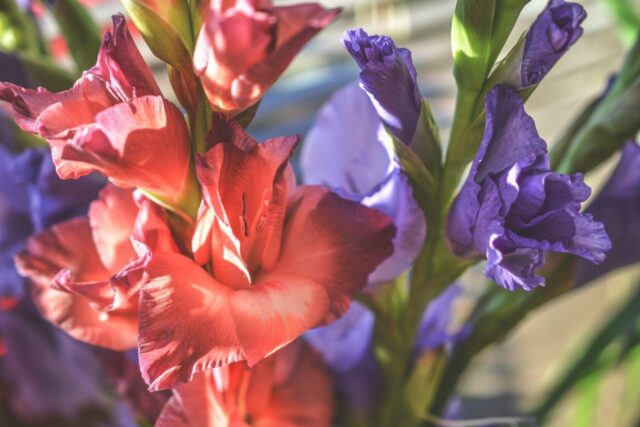
Throughout history, the diverse and magnificent world of flowers has graced gardens, landscapes, and floral arrangements across the globe. However, it is interesting to note that the enchanting beauty of flowers we so cherish today was not always a part of the American lifestyle.
In the early days, many of the flowers we cherish were introduced to the United States through explorers, settlers, and botanists who sought to bring the splendor of the natural world to their new homeland.
Before the arrival of these floral treasures, the American landscape was adorned with native wildflowers and plants. While undoubtedly beautiful in their own right, the introduction of flowers from other continents enriched the tapestry of floral diversity in Land of the Free.
It is through the efforts of passionate individuals, the exchange of botanical specimens, and the tireless pursuit of horticultural knowledge that we now have access to an array of exquisite flowers that grace our gardens and fill our lives with beauty.
Roses

Roses, the epitome of beauty and love, have a long and illustrious history. Their strory can be traced back as as the European settlement. The colonists, primarily from England, carried with them the love for these exquisite flowers.
In the 17th century, as the New World was being established, settlers brought roses from their homeland across the Atlantic Ocean. The initial varieties introduced to America included the Rosa gallica and Rosa alba, cherished for their fragrance and delicate petals.
As the colonies grew, so did the popularity of roses. Botanical gardens were established, such as Bartram’s Garden in Philadelphia, where various rose species were cultivated and displayed. The importation of new rose varieties from Europe, particularly England and France, contributed to the expansion of rose cultivation in the United States.
During the 18th and 19th centuries, hybridization efforts were undertaken by American horticulturists and enthusiasts. This led to the development of unique rose cultivars, such as the ‘American Beauty’ and ‘Maman Cochet,’ which became renowned for their exceptional beauty and resilience. Today, roses are cultivated throughout the United States, with prominent rose gardens and festivals celebrating the enduring allure of these cherished flowers.
Tulips

Tulips, with their vibrant hues and elegant forms, have captured the hearts of many. Although often associated with the Netherlands, their origins can be traced back to the ancient Ottoman Empire, in what is now modern-day Turkey. Tulips became an integral part of Ottoman culture, with the flower symbolizing wealth, abundance, and prosperity.
In the 16th century, tulips made their way to Europe through trade routes. The Dutch, known for their passion for tulips, embraced these flowers wholeheartedly. During the Dutch Golden Age in the 17th century, tulips became highly sought after, and the tulip market experienced a period of frenzied speculation known as “Tulip Mania“.
The first tulips arrived in America in the early 17th century, brought by European settlers who sought to recreate their homeland’s beauty in the New World. However, it wasn’t until the mid-19th century that commercial tulip farms were established in the United States.
Regions with suitable climates, such as the Pacific Northwest and the Great Lakes region, became hubs for tulip cultivation. These farms played a vital role in supplying tulip bulbs for landscaping, as well as for the thriving cut-flower industry.
Today, tulips continue to enchant with their wide array of colors and shapes. The United States celebrates the beauty of tulips in annual festivals like the Skagit Valley Tulip Festival in Washington and the Holland Tulip Time Festival in Michigan, which showcase the breathtaking beauty and cultural significance of these captivating flowers.
Calla Lilies

Calla lilies, with their elegant trumpet-shaped flowers and lush foliage, have a captivating allure. Native to South Africa, these flowers made their way to the United States in the late 19th century, thanks to the efforts of botanists, horticulturists, and plant collectors.
As interest in exotic and ornamental flowers grew, calla lilies gained popularity among gardeners and floral enthusiasts. The striking beauty of their blooms and their adaptability to various climates made them an attractive addition to American gardens. Calla lilies were initially cultivated in botanical gardens and private estates, where they thrived in favorable conditions.
The development of new hybrid varieties further fueled the popularity of calla lilies in the United States. Breeders introduced cultivars with larger flowers, diverse colors, and improved disease resistance. These advancements made calla lilies more accessible to both home gardeners and commercial flower growers.
Today, calla lilies are cultivated in different regions of the United States, such as California and Florida, where the mild climates provide optimal conditions for their growth. Their graceful blooms are cherished for their elegance and are often featured in wedding bouquets, floral arrangements, and garden landscapes.
Peonies

Peonies, with their opulent blooms and intoxicating fragrance, have a history that spans thousands of years. Originating from Asia, particularly China, peonies have been revered for their beauty and medicinal properties since ancient times. They symbolize prosperity, honor, and romance.
Peonies found their way to the United States through the journeys of early European explorers and traders. The exact timeline of their introduction is not well-documented, but it is believed that the first peonies arrived in America during the colonial era. These early introductions were likely herbaceous peonies, known for their herbaceous stems and large, colorful flowers.
In the 19th century, peony cultivation gained momentum in the United States. European immigrants brought new varieties and techniques, contributing to the expansion of peony
gardens across the country. The establishment of botanical gardens, such as the Missouri Botanical Garden and the New York Botanical Garden, provided platforms for the display and study of different peony species and cultivars.
The introduction of new peony varieties from Asia and Europe further enriched the diversity of peonies grown in America. Breeders and enthusiasts undertook hybridization efforts, leading to the development of cultivars with unique colors, forms, and bloom times. Today, peonies are cherished for their show-stopping beauty and are widely cultivated in various regions of the United States, from the Northeast to the Pacific Northwest.
Gladioli

Gladioli, often referred to as sword lilies, are known for their tall spikes adorned with multiple colorful flowers. Native to Africa, Asia, and the Mediterranean region, gladioli found their way to the United States through the efforts of explorers, botanists, and plant collectors.
During the late 18th century, European botanists and explorers embarked on expeditions, venturing into unexplored territories to document and collect plant specimens. Through their journeys, gladioli bulbs were brought back to Europe, where they quickly gained popularity among horticulturists and enthusiasts.
In the United States, gladioli were introduced in the same period, primarily through the efforts of plant collectors and the exchange of botanical specimens. These collectors traveled to distant lands, discovering new plant species and bringing them back to America. Gladioli bulbs were among the treasures they acquired, expanding the range of flowers available to American gardeners.
The cultivation of gladioli gained momentum in the 19th and 20th centuries. As more hybrid varieties were developed, gladioli became a favorite among gardeners and florists. Their tall flower spikes and vibrant colors made them a sought-after addition to floral arrangements and garden landscapes.
Today, gladioli are cultivated across the United States, with different varieties thriving in various climates. These stunning flowers continue to captivate with their striking presence and serve as a testament to the adventurous spirit of those who brought them to American shores.
Nowadays, we are fortunate to have a multitude of flowers available to us in the United States, and the vibrant city of New York stands as a testament to this floral abundance with floral delivery service that allows you to get any of these varieties in a matter of hours. In the heart of New York, Sahola Flowers stands as a beacon of excellence in the world of floral design. With a keen eye for beauty and a commitment to craftsmanship, it has become the go-to destination for those seeking the finest blooms and breathtaking arrangements.
From the delicate petals of roses to the vibrant hues of tulips, the luxurious calla lilies, the opulent peonies, and the striking gladioli, it showcases the very best of floral artistry. Their commitment to quality, craftsmanship, and the creation of stunning floral arrangements makes them the premier destination for those who seek the extraordinary– with same-day flower delivery service that spans New Jersey and New York.
This small business, the rich history and beauty of roses, tulips, calla lilies, peonies, and gladioli find their ultimate expression in the heart of New York, allowing us to embrace the joy and wonder that flowers bring into our lives.









